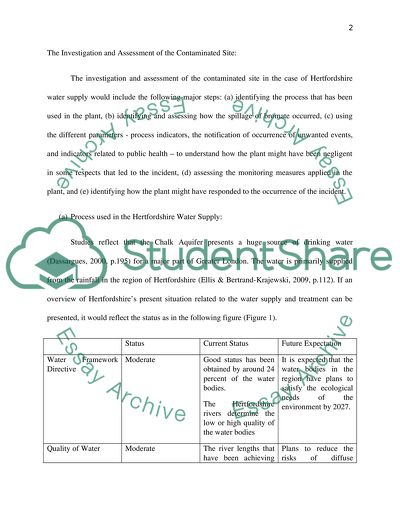Cite this document
(“Investigation on Hertfordshire Water Supply Contamination Essay”, n.d.)
Investigation on Hertfordshire Water Supply Contamination Essay. Retrieved from https://studentshare.org/environmental-studies/1440328-investigation-on-hertfordshire-water-supply-contamination
Investigation on Hertfordshire Water Supply Contamination Essay. Retrieved from https://studentshare.org/environmental-studies/1440328-investigation-on-hertfordshire-water-supply-contamination
(Investigation on Hertfordshire Water Supply Contamination Essay)
Investigation on Hertfordshire Water Supply Contamination Essay. https://studentshare.org/environmental-studies/1440328-investigation-on-hertfordshire-water-supply-contamination.
Investigation on Hertfordshire Water Supply Contamination Essay. https://studentshare.org/environmental-studies/1440328-investigation-on-hertfordshire-water-supply-contamination.
“Investigation on Hertfordshire Water Supply Contamination Essay”, n.d. https://studentshare.org/environmental-studies/1440328-investigation-on-hertfordshire-water-supply-contamination.


